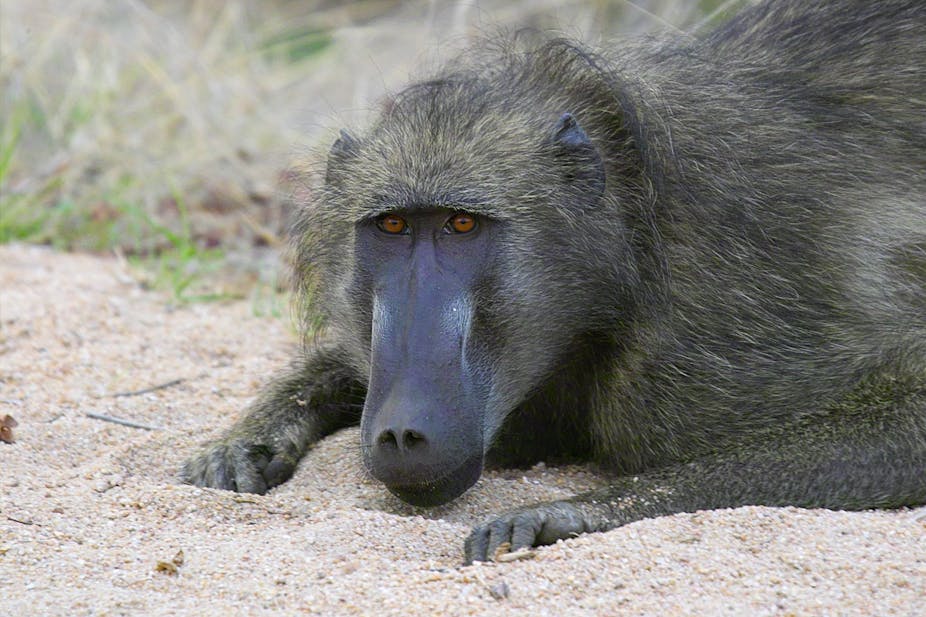Our individual, varied personalities are among the traits often cited as those that distinguish us from the rest of the animal kingdom. However, as we, like the rest of life on Earth, are products of natural selection, our uniqueness as individuals is also a product of our evolutionary history.
Human personalities are complex, but looking at consistent differences in behaviour in animals (commonly known as “animal personalities” or “animal personality traits”) can provide insights into why they, and possibly we, have broadly recognisable and predictable behaviour that persist through time.
The purpose of behaviour is to achieve a goal. When information regarding a decision is abundant, an informed decision can be made to achieve a desirable result. But when information is unreliable, perhaps it is better to act according to our past experiences or individual preferences. Such situations could reveal individual behavioural tendencies (or personalities) and potentially provide an insight into why these tendencies exist throughout the animal kingdom, including in humans.
Dr Alecia Carter and colleagues investigated this idea in a recent study published in Animal Behaviour. The study was conducted on 55 wild chacma baboons, Papio ursinus, in Namibia. These subjects are particularly interesting because the life history of wild baboons is thought to reflect that of early hominids (our ancestors), and therefore may provide insight into the behaviour of more modern humans.

The study was in three parts. First, Dr Carter and colleagues assessed two independent aspects of personality, namely boldness (the propensity of an individual to undertake risky behaviour) and anxiety (the reaction of an individual to a threatening situation) using novel food and predator presentation experiments.
Boldness was assessed by presenting the baboons with a novel food in the form of a dyed hard boiled egg. A bold individual would interact with, and eat the egg, while a shy individual would not interact with the object. To test anxiety, the baboons were observed interacting with a taxidermied puff adder. Anxious individuals spent longer inspecting the snake, while less anxious individuals noticed the snake but paid it little attention. Previous work by Dr Carter has demonstrated that reactions to these experiments are consistent in individual baboons through time.
Next, Dr Carter and colleagues followed the baboons in their natural habitat and noted the foraging decisions of each individual with the aim of understanding whether the individual personality attributes of the baboons influenced their foraging decisions or whether the baboons based their decisions on environmental information.
Importantly, in natural conditions, it is easy to obtain reliable information about the quality of a foraging patch because leaves, seed pods and flowers can be seen from a distance. A baboon was noted to “produce”, or actively search for food, when it entered a foraging area that was unoccupied, while it was seen to “scrounge”, or follow the foraging activities of others, when it entered an area occupied by at least one other baboon. A total of 8,992 patch entry decisions by the 55 individual baboons were noted.
Finally, Dr Carter conducted a field-based foraging experiment to investigate whether personality attributes of the individual baboons affected foraging decisions when information about the quality of a patch was unreliable. Her team created five experimental foraging patches and ensured that the quality of each varied through time. Experiments were filmed with a video camera and whether an individual “produced” or “scrounged” was noted. The food content (maize kernels) of each patch was replenished each day.
Dr Carter and colleagues found that individual decisions to “produce” or “scrounge” in natural conditions (when information about patch quality was reliable) were not influenced by individual personality attributes in the 55 wild baboons. Instead, decisions were based on environmental information such as the quality of the patch as well as some individual attributes such as sex and dominance rank.

By contrast, individual decisions to “produce” or “scrounge” in experimental conditions (when information about patch quality was unreliable) was influenced by personality attributes; bolder individuals were more likely to produce and spent less time in each patch and more time travelling between patches than their shyer counterparts. Similarly, individual characteristics such as dominance and age as well as patch size were also important predictors of patch entry decisions while anxiety was found to have no influence.
These results demonstrate that personality attributes affect decision making when information in a given circumstance is lacking. They therefore suggest that the existence of consistent individual behaviours, or personalities, may be an evolutionary mechanism to facilitate decision making when information is unreliable.
Similar results have been found previously in barnacle geese, but because wild baboons might share a similar history to us, their behaviour in this study may provide more applicable insights into why we too possess individual personalities that help define us as individuals.

